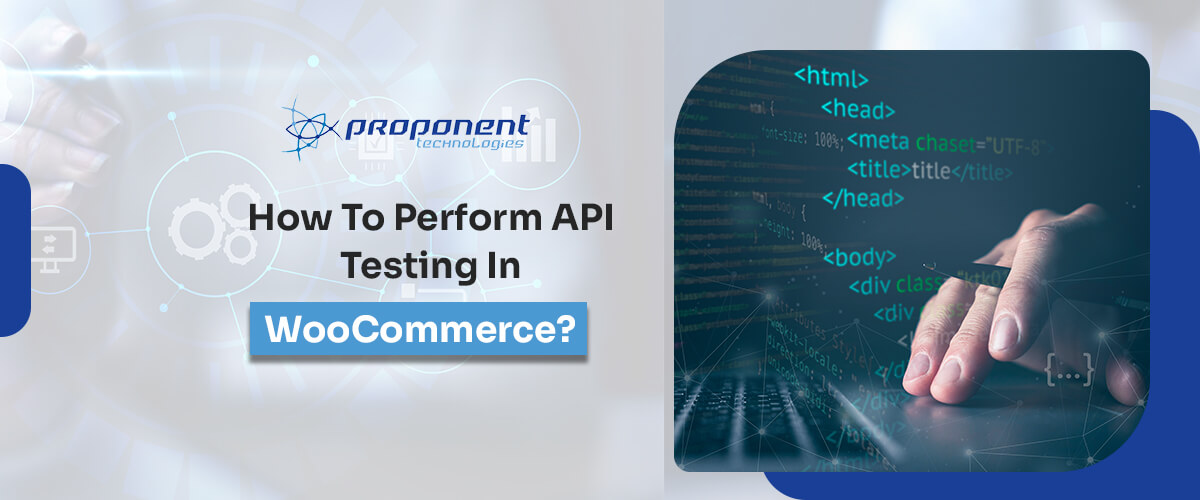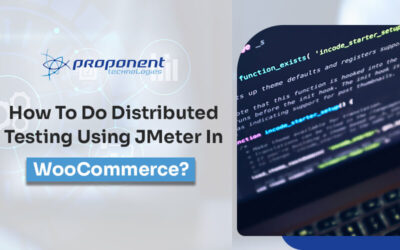API testing in WooCommerce involves testing the REST API endpoints that are provided by the WooCommerce. This ensures that the APIs perform as intended, handling various requests and responses effectively.
API testing is the process of validating and verifying the functionality, performance and security features of an API (Application Programming Interface).
Understanding API Testing in WooCommerce
APIs (Application Programming Interfaces) facilitate communication between different software applications, playing a pivotal role in modern software development. In WooCommerce, the REST API allows interaction with key aspects of e-commerce stores such as products, orders, and customers.Setting Up Your Testing Environment
- Before diving into API testing, establish a dedicated staging or development environment. This safeguards production data and operations from the impact of testing activities.
- Ensure you have the necessary access rights and credentials to conduct API testing effectively.
Selecting the Right Tools
Choose appropriate tools for API testing based on your needs,The popular ones are:- Postman: A versatile and user-friendly tool for creating and executing API requests, as well as monitoring responses.
- cURL: Ideal for making HTTP requests via command line.
- Automated Testing Frameworks: Such as PHPUnit or REST Assured (for Java), if automation of API tests is required.
Authentication and Authorization
- WooCommerce’s REST API supports authentication methods like OAuth 1.0a, OAuth 2.0, or basic authentication, depending on requirements.
- Obtain the necessary API keys or tokens and integrate them into your API requests for secure access.
Testing API Endpoints
- In the WooCommerce site, Initiate testing various API endpoints including products, orders, customers, and more.
- Test different request types (GET (retrieve data), POST (create new data), PUT/PATCH (update existing data), and DELETE (remove data) ) as specified in the API documentation.
- Pay attention to request headers, query parameters, and request payloads as specified in the API documentation.
Validating Responses
- Thoroughly examine API responses to ensure they match the expected formats and contain required data.
- Monitor HTTP status codes (e.g., 200 for success, 404 for not found and 401 for unauthorized)
- And test error handling by deliberately introducing incorrect data and verifying that the API responds appropriately.
Test Authentication and Authorization
- Verify the effectiveness of authentication method
- Test access controls to prevent unauthorized actions. Assess edge cases like pagination, filtering, and sorting to gauge performance under varying conditions.
Test Edge Cases and Performance
- Test edge cases like pagination, filtering, and sorting to gauge performance under varying conditions specific to WooCommerce’s API.
- Assess the API’s performance by sending a large number of requests to identify potential bottlenecks or delays in response times.
Documentation and Reporting
Document your test cases and the results of your API testing. This documentation serves as a valuable resource for future reference and helps in identifying and resolving issues efficiently.Conclusion
By following these steps, you can confidently ensure that the WooCommerce API operates securely and reliably. Regular API testing is essential for maintaining the performance and integrity of your WooCommerce platform, safeguarding it against potential vulnerabilities and ensuring optimal user experience.To get a free quote, you can email us at: info@proponenttechnologies.com
Or you can call us at: +91 7017 374 621, +91 6397 593 103




